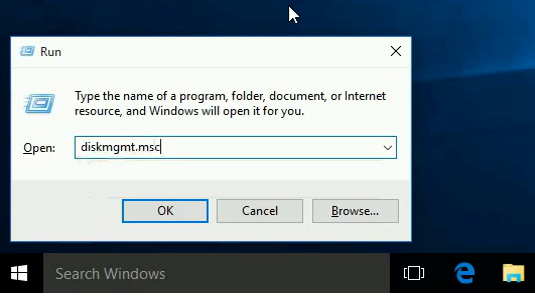

- UBUNTU BOOT VOLUME IS ALWAYS LOW DISK UPDATE
- UBUNTU BOOT VOLUME IS ALWAYS LOW DISK FULL
- UBUNTU BOOT VOLUME IS ALWAYS LOW DISK SOFTWARE
- UBUNTU BOOT VOLUME IS ALWAYS LOW DISK CODE
Invalid: It’s not possible to generate an image with such combination.Unencrypted: Filesystem is not encrypted.Encrypted: Filesystem gets encrypted on first boot.Grade and Storage-safety are tightly coupled, and their combination along with the platform’s HW TPM support, results in the following operation modes: storage-safety: It reflects the preferred mode of filesystem encryption.grade: It indicates the overall degree of security of the image.There are two key fields in the model assertion file related to FDE and Secure Boot: It describes what the system image includes and is signed by the brand account owning the device definition. In either case, each image has an associated model assertion file, a text-based document that contains the fundamental definition of the image for a specific device. Latest stable images can always be found here. Ubuntu Core does the rest for you on the booting process.Īlthough it is possible to build your own Ubuntu Core images, the easiest starting point for any user is to make use of pre-built images. Using FDE and Secure Boot features in Ubuntu Core is as simple as selecting the right image to flash.
UBUNTU BOOT VOLUME IS ALWAYS LOW DISK FULL
You can read the full Secure Boot story here.
UBUNTU BOOT VOLUME IS ALWAYS LOW DISK SOFTWARE
Secure Boot is an operation booting mode which denies the execution of any software which is neither signed nor certified, assuring software integrity.

Therefore, a vulnerability in boot firmware can have cascading effects on the entire system. Kernel, hardware peripherals, and user space processes are initiated at boot. This is the case because booting is the initial stage of a computing cycle. The boot process can be detrimental to computers, if not secured.
UBUNTU BOOT VOLUME IS ALWAYS LOW DISK CODE
TPM-based FDE seals the FDE secret key to the full EFI state, including the kernel command line, which is subsequently unsealed by the initrd code in the secure-boot protected kernel.efi at boot time.įor further reading about FDE, you can find the key aspects here and more extensive documentation can be found here. Ubuntu Core 20 uses full disk encryption (FDE) whenever the hardware allows, protecting both the confidentiality and integrity of a device’s data when there’s physical access to a device, or after a device has been lost or stolen.īuilt-in FDE support requires both UEFI Secure Boot and TPM (Trusted Platform Module) support, but its implementation in Ubuntu Core is generic and widely compatible to help support a range of hardware. Understanding FDE and Secure Boot Fundamentals of FDE
UBUNTU BOOT VOLUME IS ALWAYS LOW DISK UPDATE

With Ubuntu Core, you are able to execute remote updates and patches for your appliances and devices, but for development and prototyping, we recommend Ubuntu Server. We recommend you use Ubuntu Core for “fire and forget” purposes where you won’t want to iterate on the software. A quick introduction for understanding the concepts and a simple walk through the process of preparing and flashing an Intel NUC image, will be followed.įDE and Secure Boot are key security features which have been incorporated into Ubuntu Core 20 release, complementing the out-of-the-box security characteristics already available in previous versions.īear in mind, Ubuntu Core is production-friendly, not necessarily developer-friendly. In this tutorial, we will show the simplicity of the process of enabling Full Disk Encryption (FDE) and Secure Boot on Ubuntu Core on platforms with Trusted Platform Module (TPM) support.


 0 kommentar(er)
0 kommentar(er)
